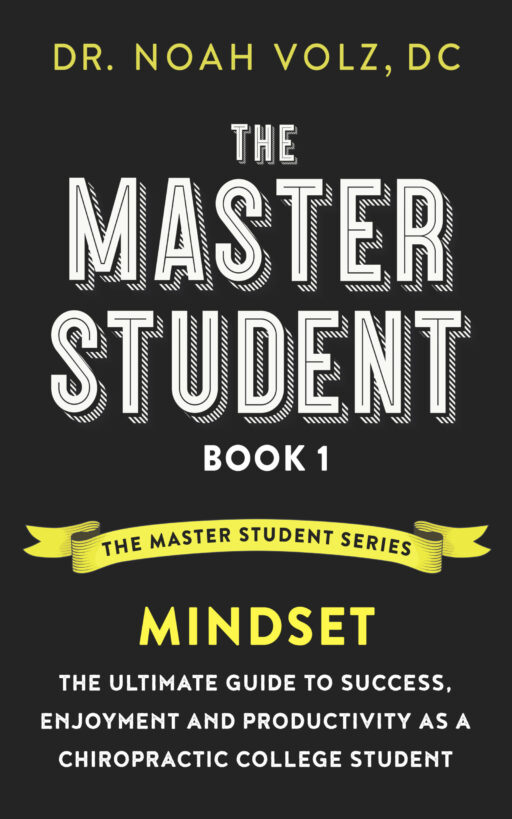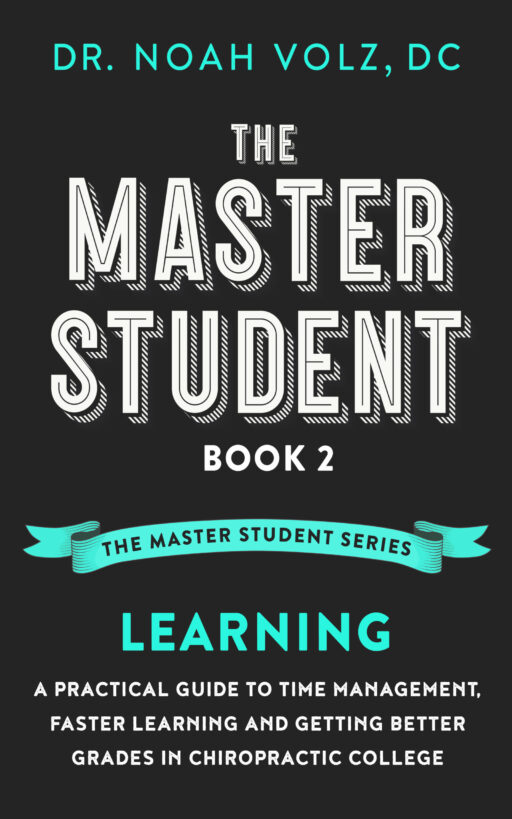If you’re a parent of a young athlete who complains of low back pain, you might be worried about what could be causing it. While there are many potential reasons for back pain in kids and teens, one common condition that often goes unnoticed is called isthmic spondylolisthesis.
At our chiropractic clinic in Ashland, OR, Dr. Noah Volz and our team have helped many young patients and their families understand and manage this condition. We know how concerning it can be when your child is in pain, and we’re here to provide the guidance and care they need to get back to the activities they love.
In this blog post, we’ll explain what isthmic spondylolisthesis is, what causes it, and how it can be treated effectively without surgery in most cases.
What Is Isthmic Spondylolisthesis?
Spondylolisthesis is a big word that simply means one of the bones in your spine (vertebrae) has slipped forward out of its normal position. There are different types of spondylolisthesis, but the most common type in children and teens is called isthmic spondylolisthesis.
In isthmic spondylolisthesis, the slippage happens because of a stress fracture in a part of the vertebra called the pars interarticularis. This is a thin strip of bone that connects the upper and lower joints of the vertebra.
Normally, the pars helps keep the vertebra in place. But if it’s subjected to repeated stress and strain, it can develop tiny cracks or fractures. Over time, this can cause the vertebra to slip forward on the one below it.
Isthmic spondylolisthesis most often happens at the very bottom of the spine, at the last lumbar vertebra (L5). This is the area that connects the lumbar spine to the sacrum and pelvis.
While spondylolisthesis sounds scary, it’s actually a fairly common condition. It’s estimated that about 5-7% of children have it by the time they’re 18 years old. And while it can cause pain and other symptoms, most cases can be managed well without surgery.
What Causes Isthmic Spondylolisthesis?
The exact cause of isthmic spondylolisthesis isn’t always clear, but it’s thought to be a combination of genetic and environmental factors. Some people may be born with thinner or weaker pars interarticularis, making them more prone to developing fractures.
But the biggest risk factor seems to be repeated stress on the lower back, especially from activities that involve a lot of bending backwards (extension) and rotation. This is why isthmic spondylolisthesis is so common in young athletes who do sports like gymnastics, dance, diving, wrestling, and weightlifting.
Other risk factors include:
– Family history of spondylolisthesis
– Being male (it’s about twice as common in boys)
– Having tight hamstrings or a swayback posture
– Participating in contact sports like football
It’s important to note that having spondylolisthesis doesn’t necessarily mean your child will have pain or problems. Many people have it and never know it. But for some, it can cause symptoms that interfere with their daily life.
What Are the Symptoms of Isthmic Spondylolisthesis?
The most common symptom of isthmic spondylolisthesis is low back pain, especially pain that gets worse with activity and better with rest. The pain may spread into the buttocks or backs of the thighs.
Other signs and symptoms may include:
– Back stiffness and tightness, especially first thing in the morning
– Pain that feels worse with standing or walking for a long time
– Difficulty bending backwards or extending the spine
– Numbness, tingling, or weakness in one or both legs (if the slippage is pressing on the nerves)
– Changes in walking pattern or posture
In severe cases, isthmic spondylolisthesis can put pressure on the nerves in the lower back, leading to sciatica, weakness, or loss of bowel/bladder control. This is rare, but it’s important to see a doctor right away if your child has any of these symptoms.
How Is Isthmic Spondylolisthesis Diagnosed?
If your child is having low back pain that doesn’t go away with rest, it’s important to have them evaluated by a qualified healthcare provider. At our chiropractic clinic, Dr. Noah will start by asking about their symptoms, activities, and medical history.
Next, he’ll do a physical exam to check their posture, range of motion, and muscle strength and flexibility. He may ask them to bend or extend their back to see what makes their pain better or worse.
One of the key tests for isthmic spondylolisthesis is called the “stork test” or “one-legged hyperextension maneuver”. This involves having your child stand on one leg and lean backwards. If this reproduces their pain, it’s a good indication that they may have a pars fracture or spondylolisthesis.
Imaging tests like X-rays, CT scans, or MRIs may be needed to confirm the diagnosis and check the degree of slippage. These tests can also help determine if the fracture is new and still healing (active) or old and not likely to heal on its own (inactive).
How Is Isthmic Spondylolisthesis Treated?
The good news is that most cases of isthmic spondylolisthesis in kids and teens can be treated successfully without surgery. The goals of treatment are to relieve pain, restore function, and prevent the slippage from getting worse over time.
At our clinic, Dr. Noah uses a variety of evidence-based techniques to help young patients with isthmic spondylolisthesis, including:
1. Activity modification: Taking a break from sports and other activities that put stress on the lower back, especially extensions and rotations.
2. Bracing: Wearing a special brace that limits spine movement and allows the fracture to heal. This is most helpful for active slips that are caught early.
3. Pain-relieving modalities: Using ice, heat, electrical stimulation, or ultrasound to help control pain and inflammation.
4. Stretching and strengthening exercises: Teaching specific exercises and stretches to improve flexibility, strength, and stability in the low back and core muscles. This may include hamstring stretches, abdominal bracing, and hip and glute strengthening.
5. Manual therapies: Using gentle hands-on techniques like chiropractic adjustments, mobilizations, and soft tissue work to improve spinal function and reduce pain and muscle tension.
6. Lifestyle advice: Giving tips on posture, ergonomics, proper lifting techniques, sleep positions, and return to sport guidelines.
The exact treatment plan will depend on your child’s age, symptoms, and degree of slippage. Most kids and teens start to feel better within a few weeks to a few months of starting treatment.
In more severe cases or those that don’t respond to conservative care, surgery may be considered to stabilize the slipped vertebra and take pressure off the nerves. But this is rarely needed, especially when the condition is caught and treated early.
The most important thing is to work with a healthcare provider who has experience treating young athletes and who can create a personalized plan to help your child heal and get back to doing what they love safely.
The Bottom Line on Isthmic Spondylolisthesis
If your child or teen is dealing with stubborn low back pain, don’t ignore it or assume it’s just “growing pains”. Isthmic spondylolisthesis is a common cause of back pain in young people, but it often goes undiagnosed or misdiagnosed.
The key is to get a proper evaluation from a qualified provider like Dr. Noah Volz who can determine the root cause of the pain and develop an individualized treatment plan. With the right care and a little patience, most kids with isthmic spondylolisthesis can recover fully and get back to their favorite sports and activities.
If you’re in the Ashland, OR area and are concerned about your child’s back pain, we invite you to schedule an appointment at our chiropractic clinic. Dr. Volz and our team are dedicated to helping young athletes stay healthy, active, and pain-free for years to come.
References:
1. Kalichman L, Hunter DJ. Diagnosis and conservative management of degenerative lumbar spondylolisthesis. Eur Spine J. Mar 2008;17(3):327-35.
2. Lonstein JE. Spondylolisthesis in children. Cause, natural history, and management. Spine. Dec 15 1999;24(24):2640-8.
3. Fredrickson BE, Baker D, McHolick WJ, et al. The natural history of spondylolysis and spondylolisthesis. J Bone Joint Surg Am 1984;66:699–707
4. Standaert CJ, Herring SA. Spondylolysis: a critical review. Br J Sports Med 2000;34:415 — 422
5. Syrmou E, Tsitsopoulos PP, Marinopoulos D, Tsonidis C, Anagnostopoulos I, Tsitsopoulos PD. Spondylolysis: a review and reappraisal. Hippokratia 2010;14(1):17-21.
Want to know what kind of back pain you have?
-

Centralized Low Back Pain
$50.00 -

Complex Low Back Pain
$50.00 -

Complex Radiating Low Back Pain
$50.00 -

Cross-Pattern Low Back Pain
$50.00 -

Nerve Tension Low Back Pain
$50.00 -

One-Sided Radiating Low Back Pain
$50.00 -

Posture-Related Low Back Pain
$50.00 -

Stiffness Related Low Back Pain
$50.00 -

The Master Student Book 1
$7.99 -

The Master Student Book 2
$7.99

